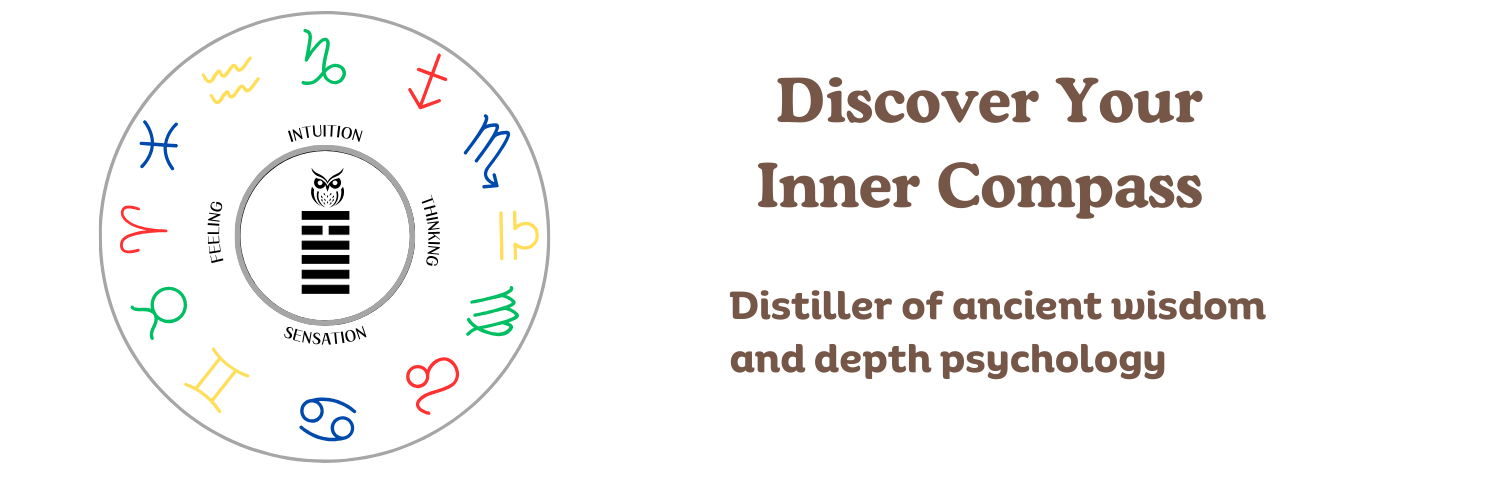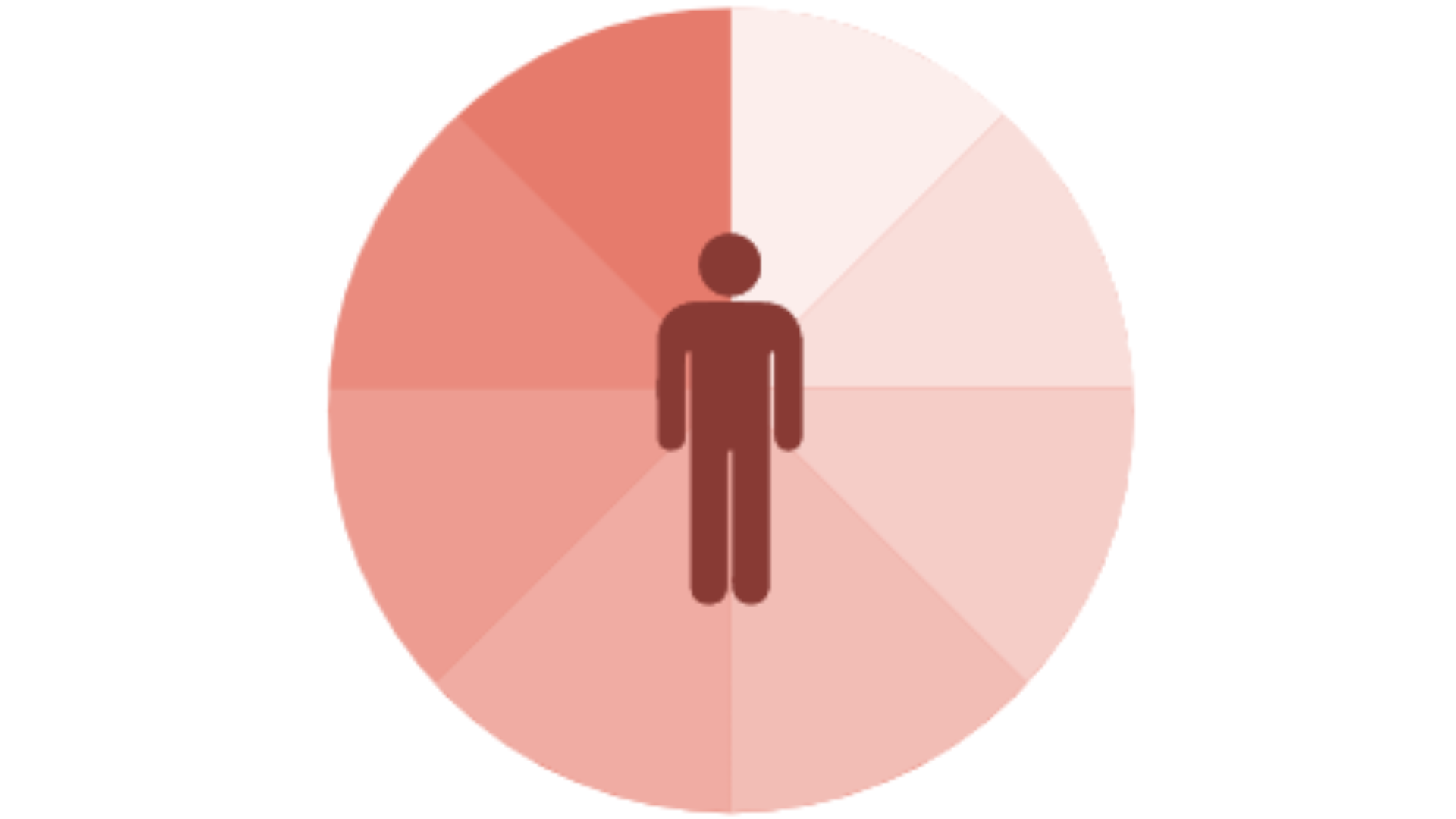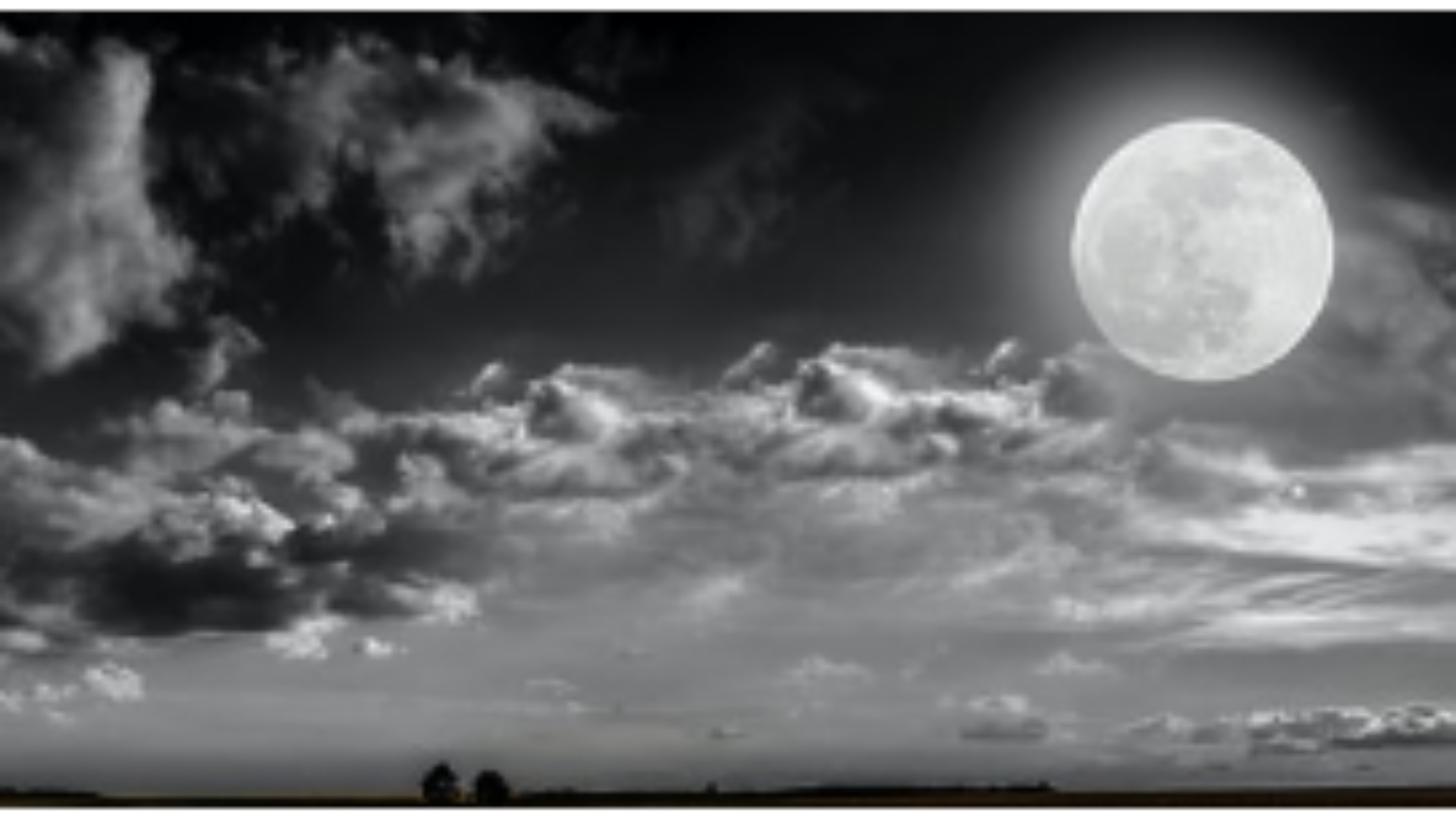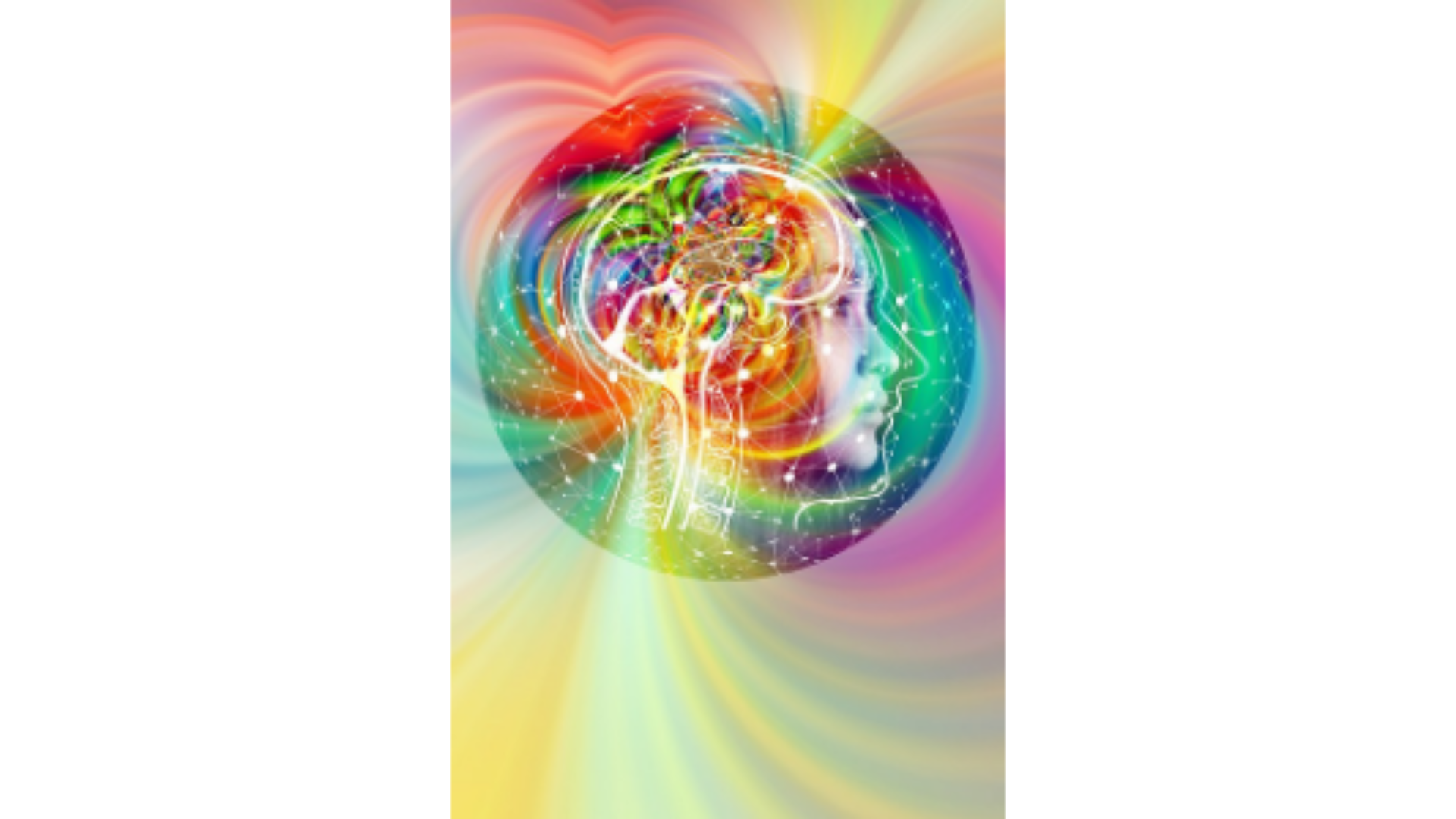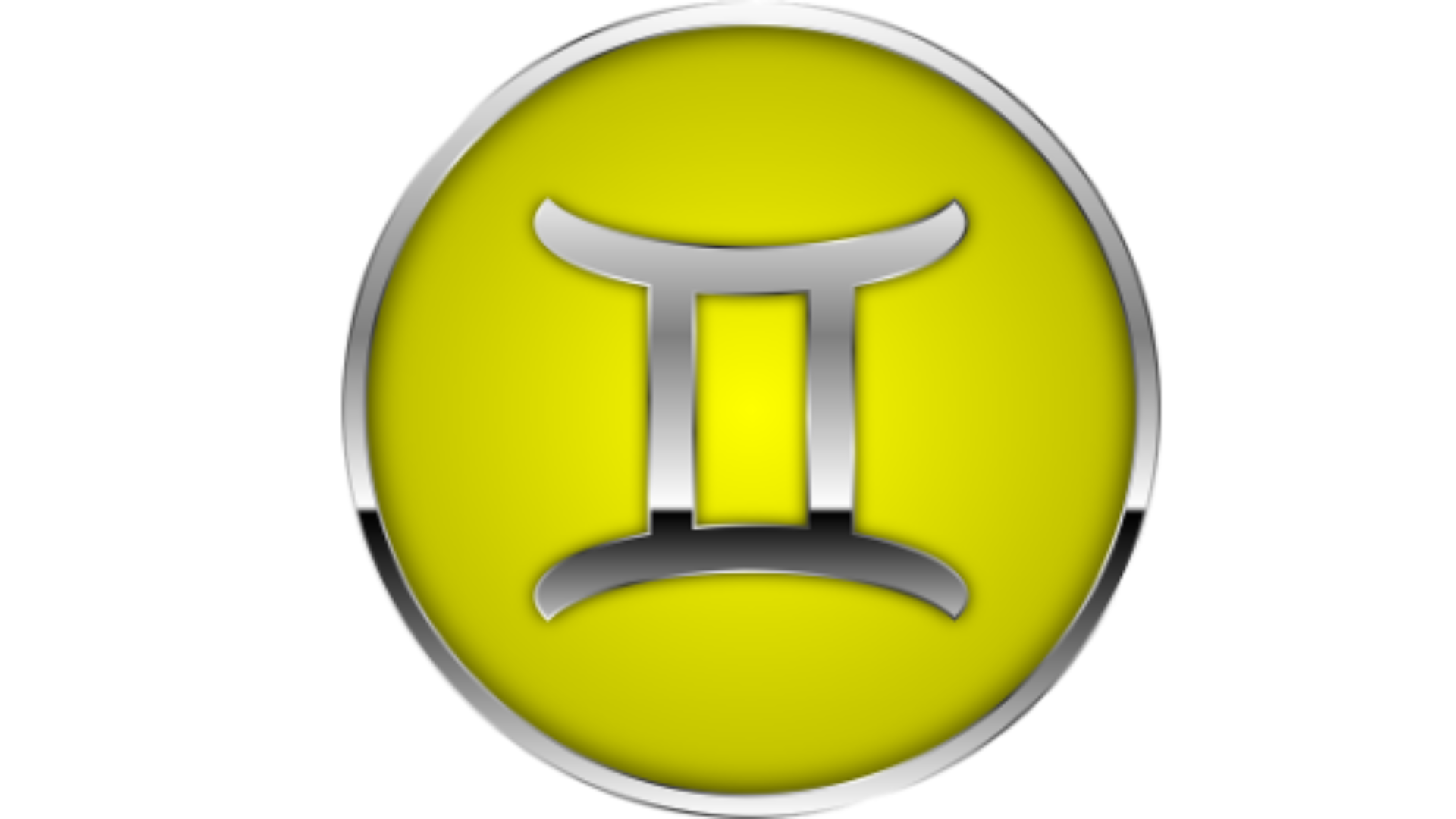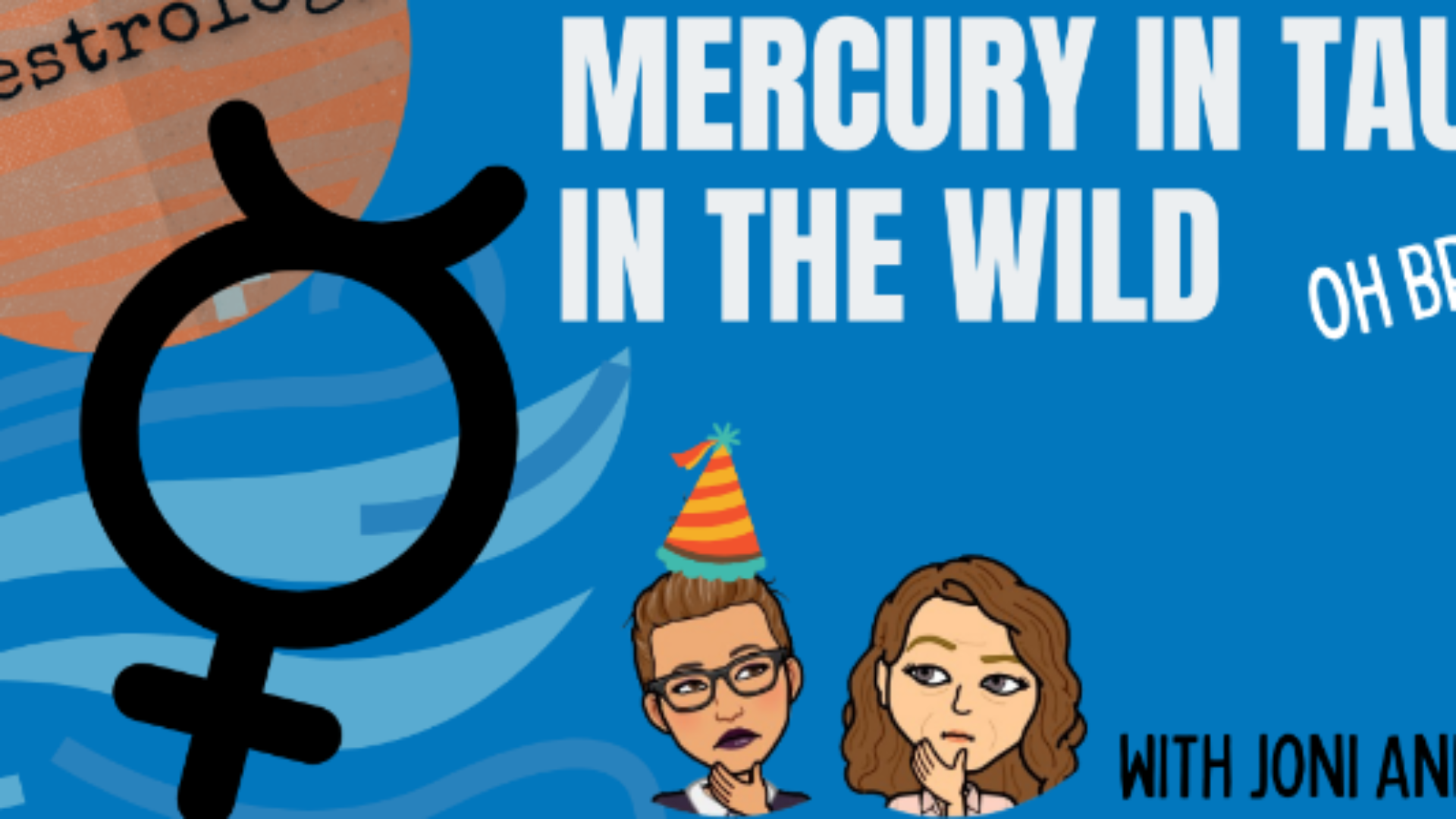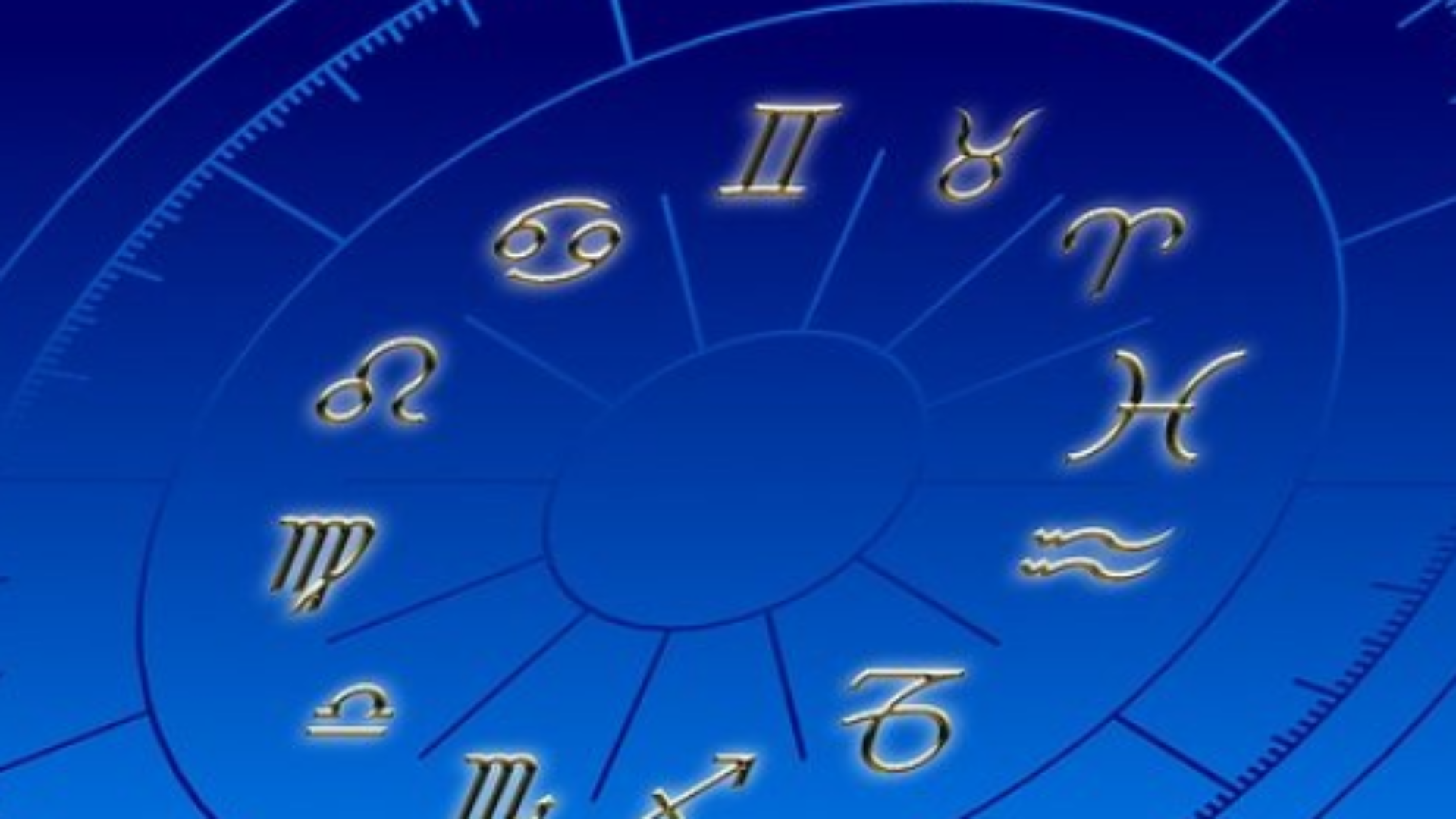Just like a fuller understanding of personality should include persona, it is also helpful to take into account the human needs.
Noel Tyl defines needs as follows in chapter 3 of Astrology and Personality about Abraham Maslow’s need psychology:
Needs make things happen. The tensions of development reflect the meeting of needs and environmental demands within experience. The personality develops in relation to the measure of success and failure of need satisfaction.
Astrology and Personality by Noel Tyl, p. 56
According to Tyl, the Moon sign shows us a person’s needs:
For Astrology, the Moon and its Sign tells us the reigning needs of the individual. …The aspects made with the Moon further modify the need profile and the House position of the Moon determines the experiences within which the drama of need fulfillment is principally played.
Here is a list of needs for each sign from Demetra George’s Astrology and the Authentic Self book. Look for the sign that the Moon is in in your chart:
Aries—the need to be independent and develop self-awareness
Taurus—the need to be resourceful and get productive results
Gemini—the need to communicate and make mental contact with others
Cancer—the need to give and receive emotional warmth and security
Leo—the need for creative expression and appreciation by others
Virgo—the need to analyze, discriminate, and function efficiently
Libra—the need to relate to others and create harmony and balance
Scorpio—the need for deep involvements and intense transformations
Sagittarius—the need to explore and expand mental and actual horizons
Capricorn—the need for structure, organization, and discipline
Aquarius—the need to innovate, be original, and create social change
Pisces—the need to commit to a dream or ideal
Maslow’s need psychology also includes the concept of “press”, which is an environmental factor(s) that put pressure on the personality. This includes things like danger, rejection, sex, betrayal, inferiority, illness, lack of family support, and many more.
Tyl says that “aspects made by the Moon would show the press upon the personality and its work to fulfill individual needs.” (p. 60). Squares and oppositions to the Moon bring tension and difficulties. Sextiles and trines are supportive.
Tyl goes on to state that each planet in the chart represents a need of its own in service to the overarching need of the Moon:
Mercury will suggest the needs of the mind; Venus, the needs of the emotions and the aesthetic sense; Mars, the needs for energy expression; Jupiter, the religious, ethical, and opportunity needs; Saturn the needs of ambition…The synthesis of the horoscope relates the support needs to the reigning need symbolized by the Moon. [emphasis mine]
Astrology and Personality by Noel Tyl, p. 61-62
To tie this in with persona, one can think of the persona as the mask we wear when attempting to fulfill our core need when interacting with the environment.
I’d love to hear what you think about your Moon sign and if the need associated with it seems accurate to you. Feel free to message me on Instagram or email me via the contact page.
______
Sources:
Astrology and Personality by Noel Tyl
Astrology and the Authentic Self by Demetra George
Also see this post of mine with more information about the history of needs in personality types.
